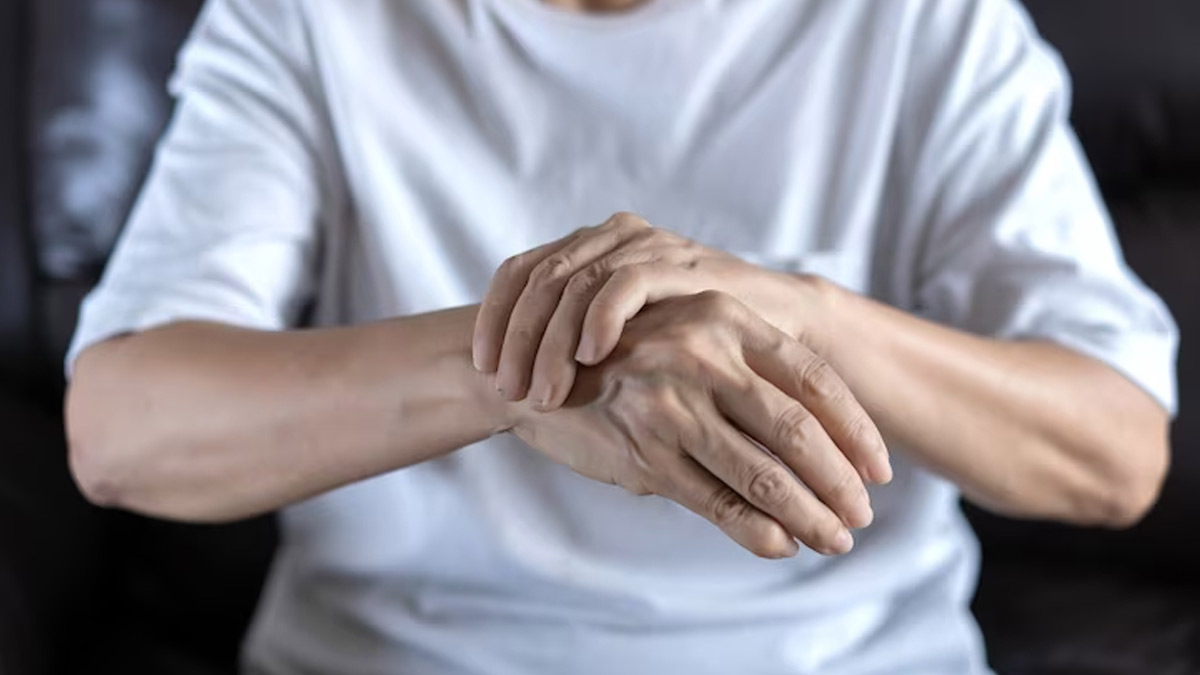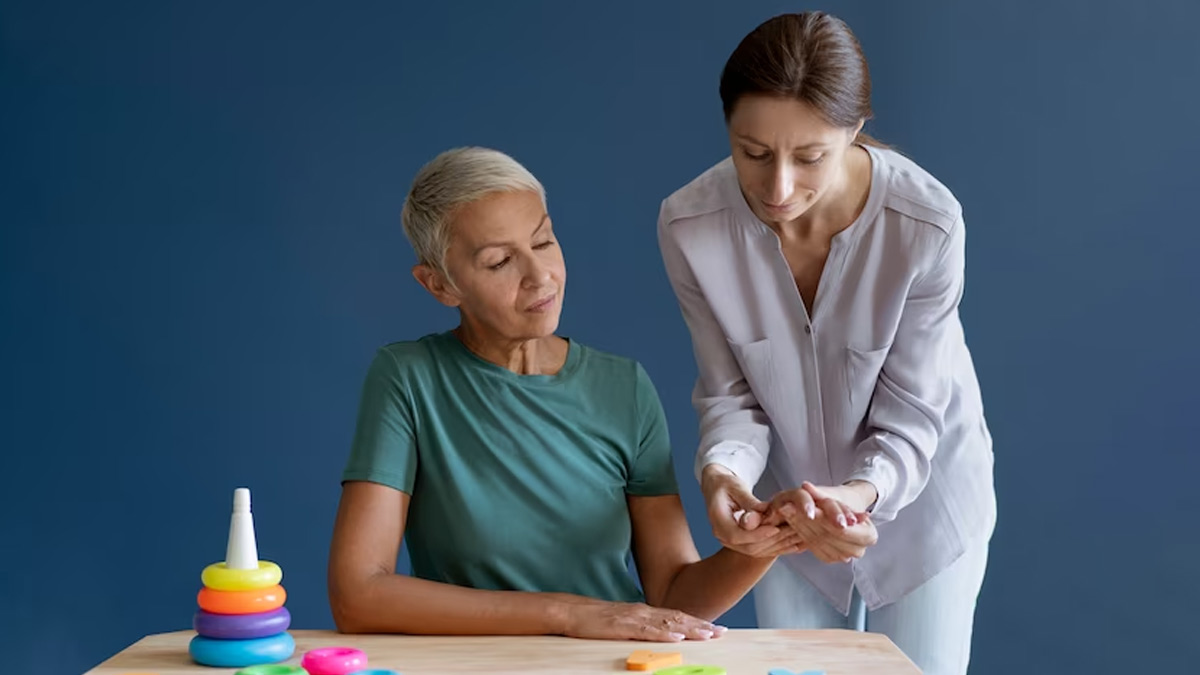
It starts with a tremor in the hand. A small twitch, perhaps, or a shaky hold on a pen or fork. This seemingly harmless discomfort develops into something far more terrible - Parkinson's disease. According to World Health Organisation statistics, it is a condition that affects millions of individuals globally.
Table of Content:-
Parkinson's disease is a neurological disease that produces unintentional or uncontrollable movements such as shaking, stiffness, and difficulties with balance and coordination. It happens when the neurons in the brain that make dopamine (a neurotransmitter that regulates movement) begin to die. As a result, people with Parkinson's disease have trouble walking and talking and may also have mental or behavioural changes, sleep problems, depression, memory difficulties, and fatigue. We talked to Dr. Manish Pattani, Neurology, HCG, Bhavnagar, to know more about early signs of Parkinson’s disease.
Early Signs of Parkinson's Disease
Parkinson's disease is a slow and gradual disease that grows over many years. The early signs of Parkinson's disease are often subtle and can be mistaken for normal ageing. Some of the early signs of Parkinson's disease include:
1. Tremors: Tremors are among the most common early signs of Parkinson's disease. They usually start in one hand/arm and then spread to the other side of the body. Tremors can also affect the legs, chin, and other body parts.
2. Bradykinesia: Bradykinesia is the slowness of movement that can affect people with Parkinson's disease. It can make everyday tasks difficult, like buttoning a shirt or brushing your teeth.
3. Rigidity: Rigidity is stiffness in the muscles, making it hard to move. People with Parkinson's disease may feel like their arms and legs are stuck in one position.
4. Postural instability: Postural instability is a balance problem that can make people with Parkinson's disease more likely to fall.
5. Changes in handwriting: People with Parkinson's disease may notice changes in their handwriting, including smaller letters and cramped writing.
Also read: What Does A Swollen Lymph Node Feel Like: Know The Causes And Treatment Options
Causes and Risk Factors
Researchers believe a combination of genetic and environmental factors causes this disease. Following are the risk factors for Parkinson's disease:
1. Age: Parkinson's disease is more common in people over the age of 60.
2. Genetics: People with a family history of Parkinson's are likely to develop the condition.
3. Environmental factors: Exposure to certain chemicals, such as pesticides and herbicides, may increase the risk of Parkinson's disease.
4. Gender: Men are more likely than women to develop Parkinson's disease.
5. Head injuries: People with a head injury may be more likely to develop Parkinson's disease.

Treatment
There is currently no cure for Parkinson's disease, but there are treatments that can help manage the symptoms. As per Dr Pattani, some of the treatment options for Parkinson's disease include:
1. Medications: Several medications can help manage the symptoms of Parkinson's disease, including levodopa, dopamine agonists, and MAO-B inhibitors.
2. Surgery: In some cases, surgery may be an option to treat Parkinson's disease. Deep brain stimulation is a surgical procedure that involves implanting electrodes in the brain to help control tremors and other symptoms.
3. Physical therapy: Physical therapy can help improve balance, coordination, and flexibility.
4. Occupational therapy: Occupational therapy can help people with Parkinson's disease manage everyday tasks and maintain independence.

5. Speech therapy: Speech therapy can help people with Parkinson's disease improve their communication skills and reduce speech problems.
Also read: Can Fasting Benefit Your Oral Health, Dentist Weighs In
Parkinson's disease is a chronic and progressive neurological disorder that can significantly impact a person's quality of life. Early diagnosis and treatment are crucial in managing the symptoms of this disease. Suppose you or someone you know is experiencing any of these early signs of Parkinson's disease. In that case, speaking with a healthcare provider for a proper evaluation and treatment plan is suggested.
How we keep this article up to date:
We work with experts and keep a close eye on the latest in health and wellness. Whenever there is a new research or helpful information, we update our articles with accurate and useful advice.
Current Version